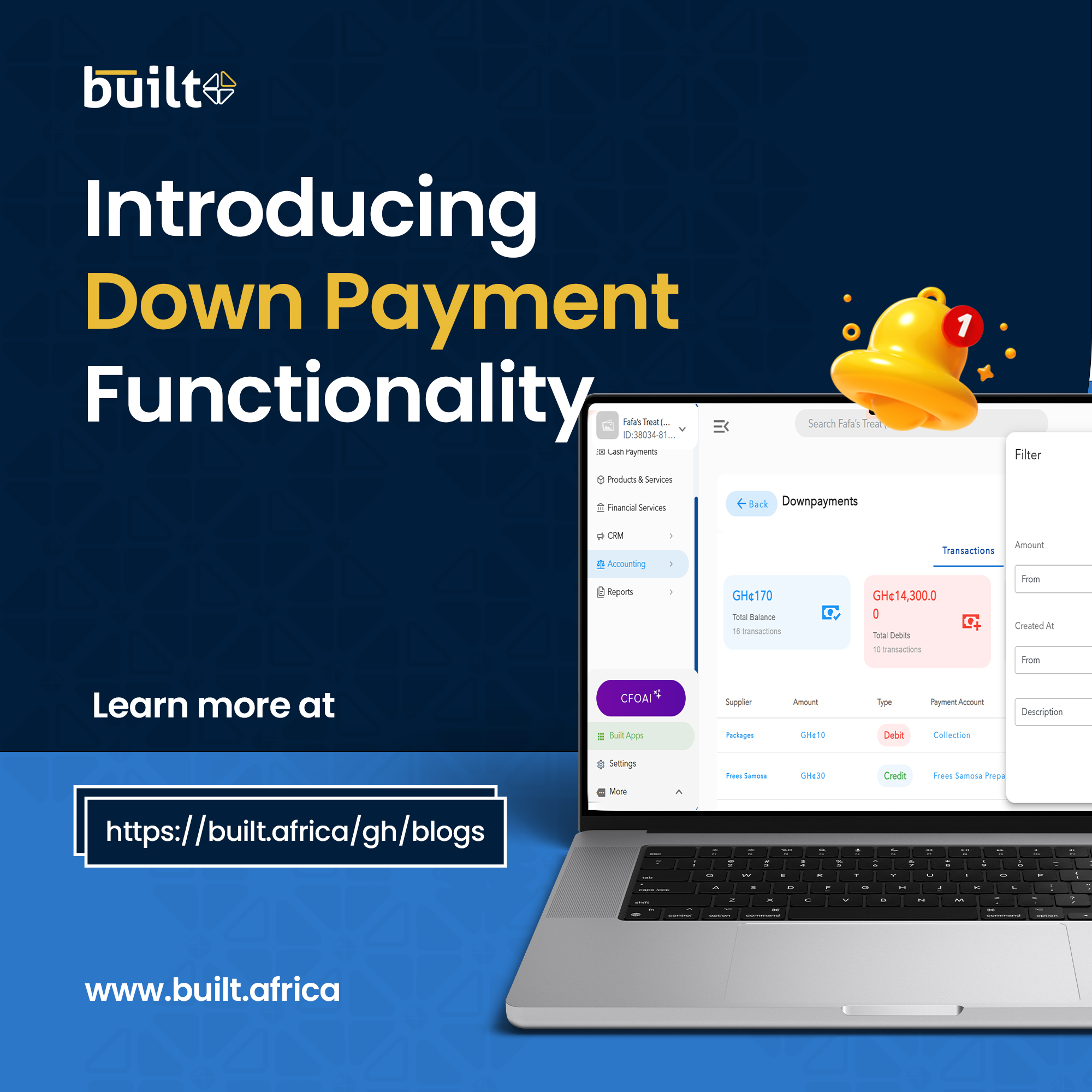
Introducing Down Payment Functionality on Built
04 Nov, 2025
Built Editorial
01 Jul, 2025

One question that a lot of entrepreneurs ask is : ‘How do I pay myself as a small business owner?’
Whether you’re a sole trader, freelancer, or run a small team, paying yourself the right way is key to managing both your personal finances and your business cash flow.
This guide breaks it down step by step, no confusing legal terms, just clear, practical advice.
The first step is simple but crucial: Open a separate bank account for your business.
This helps you:
-Track business income and expenses.
-Avoid mixing personal and business spending.
-Make tax time way easier.
Treat yourself like you’d treat any employee. Even if you’re the only person on the team, paying yourself on a set schedule helps you:
-Stay consistent with budgeting.
-Build good financial habits.
-Manage business cash flow more effectively.
Examples:
-Pay yourself every 2 weeks (biweekly)
-Pay yourself monthly on a fixed date
When deciding how much to take from the business, consider:
–Your personal expenses: What do you need to cover rent, bills, food, etc.?
–Your business health: Are there enough profits to afford regular payments?
Start with a sustainable amount and increase as your business grows.
To actually pay yourself:
–Transfer funds from your business account to your personal account.
–Label the payment in your accounting system (e.g. ‘Owner’s Draw’ or ‘Owner Pay’).
–Record it regularly and track over time.
You don’t need payroll software unless you’ve registered your business as a corporation or are paying employees.
As a small business owner, no one is withholding taxes for you. You’ll likely need to:
-Set aside 20–30% of your income for taxes
-Make quarterly estimated tax payments
Tip: Use a simple accounting tool like Built to keep track of your income and how much tax you’re saving.
Even if you’re paying yourself manually, make it a habit to:
-Track all income and expenses
-Log every payment to yourself
-Review your business’s cash flow regularly
Tools like Built make this easier by automating your books and categorizing payments correctly.
Here’s the basic process:
-Open a business bank account
-Set a pay schedule
-Decide on an amount that’s sustainable
-Transfer money from your business to your personal account
-Track it in your records
-Set aside money for taxes
This keeps your finances clean and your business stable without getting buried in complexity.
Many business owners hesitate to take money out of their business. But remember that you are the business’s most valuable asset.
Paying yourself helps you stay motivated, avoid burnout, and build long-term sustainability.
At Built, we help small business owners like you take control of their finances; whether it’s simplifying your bookkeeping, managing cash flow, or figuring out how much you can really afford to pay yourself.

04 Nov, 2025

29 Aug, 2025

13 Aug, 2025

28 Jul, 2025

25 Jul, 2025

09 Jul, 2025

09 Jul, 2025

01 Jul, 2025

03 Jun, 2025